Cursive Seemed to Go the Way of Quills and Parchment. Now It’s Coming Back.
Alpha-Phonics Blog Editor Note: Teach Cursive Handwriting or not? This is a good summary of beliefs on both side of the argument. What do you think? Be sure to follow the many LINKS offered in the article to learn much more.

The Common Core standards seemed to spell the end of the writing style in 2010 when they dropped requirements that the skill be taught in public elementary schools, but about two dozen states have reintroduced the practice since then.
Last year, elementary schools in Illinois were required to offerat least one class on cursive.
Last month, a lawwent into effectin Ohio providing funding for materials to help students learn cursive by fifth grade.
And beginning this fall,second graders in Texaswill learn cursive, and will be required to know how to write it legibly by third grade.
Even as keyboards and screens have supplanted pencil and paper in schools, lawmakers and defenders of cursive have lobbied to re-establish this old-school writing pedagogy across the country, igniting a debate about American values and identity and exposing intergenerational fault lines.
When Anne Trubek, the author of “The History and Uncertain Future of Handwriting,” started studying the resurgence of cursive about a decade ago, reasons for teaching it 

 focused on developing a civilized, well mannered population.
focused on developing a civilized, well mannered population.
Butin recent years, the reasoning for cursive became associated with “convention, tradition, conservatism,” she said, and tied to discussions about school uniforms and the Pledge of Allegiance.
Indeed, several Republican lawmakers have spearheaded campaigns to revive the writing style.
In 2016, lawmakers in Washington introduced a bill backing cursive after Pam Roach, then a Republican state senator, noted that a constituent had said her grandchild could not  read a handwritten letter. Themeasure did not pass.
read a handwritten letter. Themeasure did not pass.
Lawmakers have also invoked the Declaration of Independence, which was marked by John Hancock’s flamboyant signature, as a reason for a script revival.
Andrew Brennertold the local news media in Ohioin December, when he was a state representative, that he had co-sponsored a bill requiring cursive instruction because studies show benefits for brain development and hand dexterity. He said it also taught students to read prominent historical texts.
“You can learn the founding documents from reading them directly,” Mr. Brenner, a Republican who now serves in the Ohio Senate, told The Fulton County Expositor.
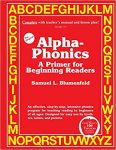 Others have emphasized the importance of a signature.
Others have emphasized the importance of a signature.
“I think your cursive writing identifies you as much as your physical features do,” Dickie Drake, a Republican state representative in Alabama who introduced a bill requiring schools to provide cursive instruction by the end of third grade,told The New York Timesin 2016.
Lawmakers in Louisiana supportedan even broader measure, in part, because Magna Carta and the United States Constitution were written in cursive. State senators shouted “America!” when theyunanimously approved it in 2016.
The history of society is intertwined with the history of script.
“When we want to embrace the past, when we get nostalgic for the past, when we think it was better, then we get all warm and fuzzy about handwriting,” Tamara Plakins Thornton, the author of “Handwriting in America,”said in an interview with NPR.
Cursive was also politicized during the Cold War, becoming a display of patriotism.
“Unbelievably, there were arguments that the fact that American kids couldn’t do cursive made us vulnerable to the Russian menace,” Dr. Thornton said.
Psychologists and neuroscientists saythathandwriting positively affectsbrain development, motor skills, comprehension and memory. Cursive may be particularly helpful for those with developmental dysgraphia — motor-control difficulties in forming letters — and it may help prevent the reversal and inversion of letters, accordingto a 2012 report.
But some research has been taken out of context, or misrepresented, to further a pro-cursive agenda, saidKate Gladstone, who calls herself the Handwriting Repairwoman and runs an organization by the same name.
“The world of handwriting is very much the world of fake news and crooked elections,” she said.
In 2018, State Senator Jean Leising of Indiana was called out forciting a study that she claimedshowed cursive writing “prepares students’ brains for reading and enhances their writing fluency and composition.”The researcher saidthe study made claims only about writing by hand.
There are also corporate interests at play. In 2013, Ms. Gladstonetraced research that was used in billsin North and South Carolina to require cursive instruction in schools to a for-profit company that creates instructional materials to teach handwriting,Zaner-Bloser Publishing.
Kathleen Wright, a spokeswoman for the company’s handwriting division, said that it does  not lobby for legislation, but that it does provide lawmakers with research “because we’re recognized as the gold standard of handwriting instruction,” she said.
not lobby for legislation, but that it does provide lawmakers with research “because we’re recognized as the gold standard of handwriting instruction,” she said.
But Ms. Wright acknowledged that some legislators “may have erroneously conflated studies showing the cognitive benefits of writing by hand to focus specifically on the benefits of writing in cursive.”
Sheila Lowe, the president of theAmerican Handwriting Analysis Foundation, said that about 21 states had adopted some form of cursive requirement in schools since the Common Core standards were introduced.

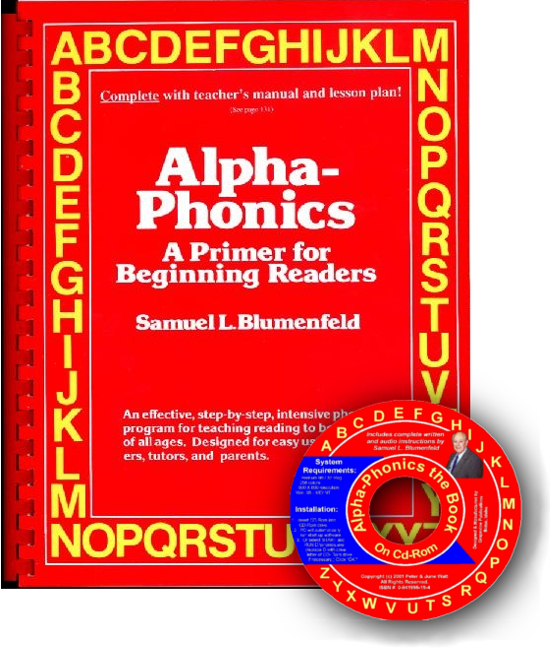 Alpha-Phonics
Alpha-Phonics The Alphabet Song!
The Alphabet Song! Water on the Floor
Water on the Floor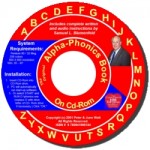 Alpha-Phonics the Book on CD Rom
Alpha-Phonics the Book on CD Rom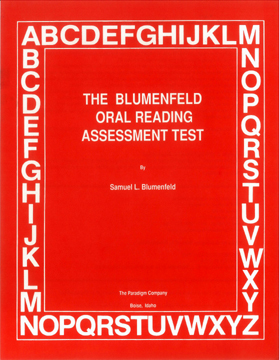 Blumenfeld Oral Reading Assessment Test
Blumenfeld Oral Reading Assessment Test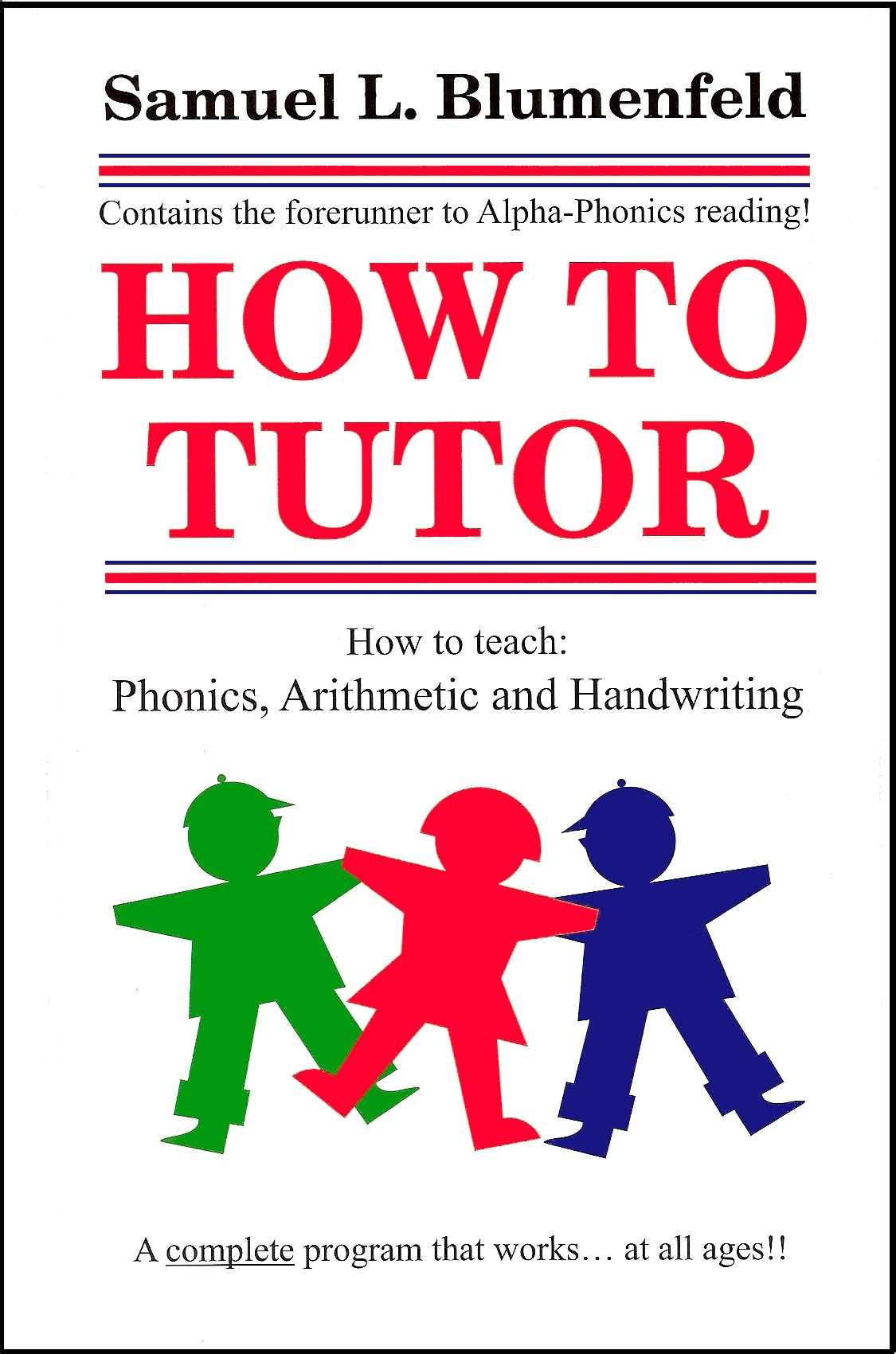 How To Tutor
How To Tutor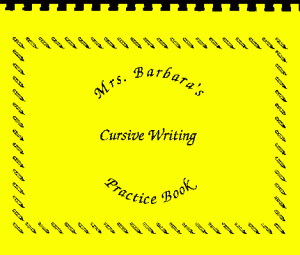 How To Tutor Cursive Handwriting Workbook
How To Tutor Cursive Handwriting Workbook